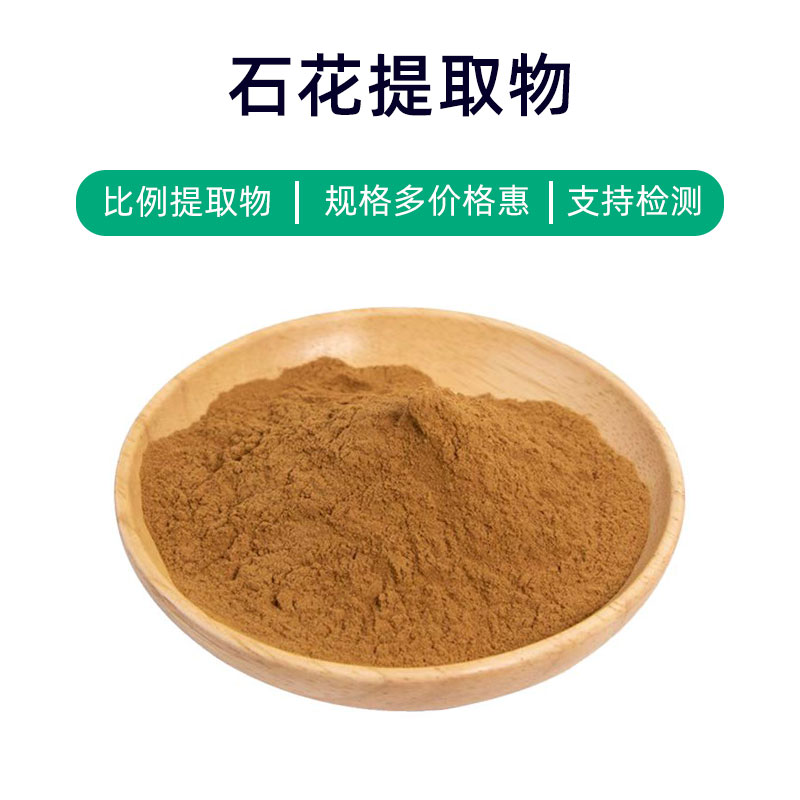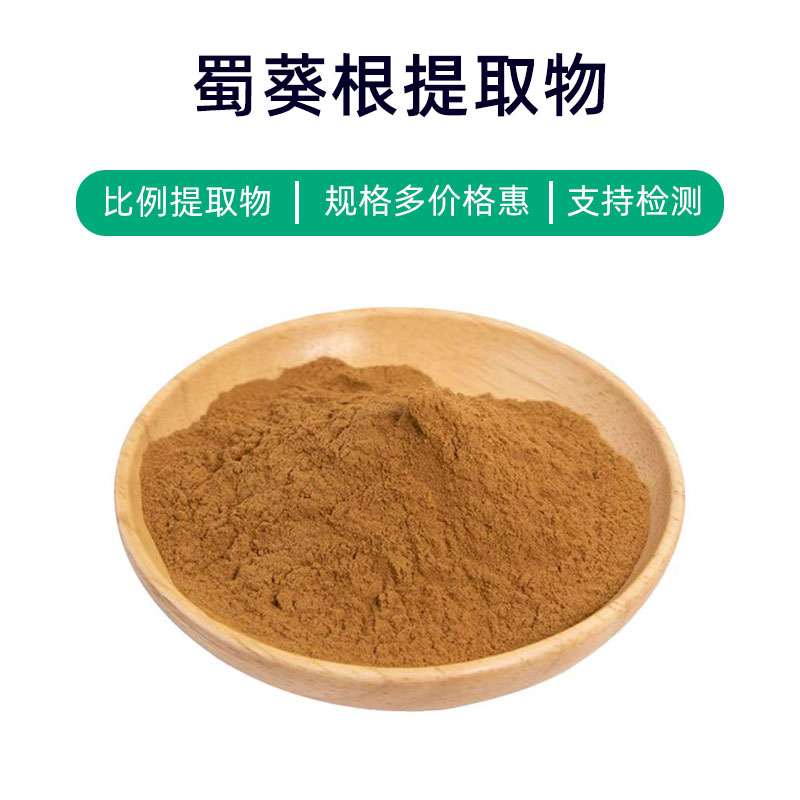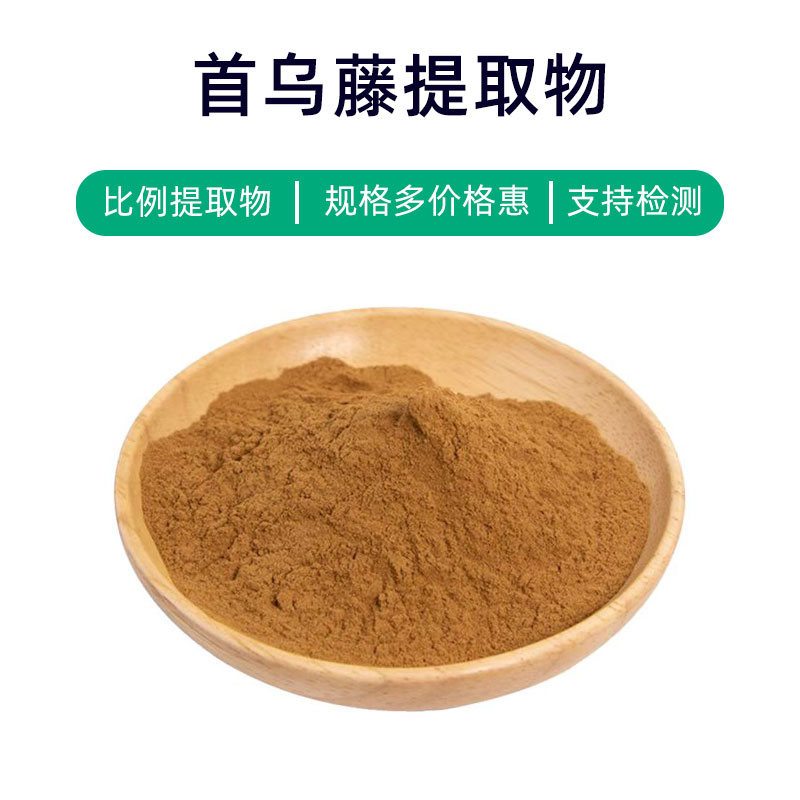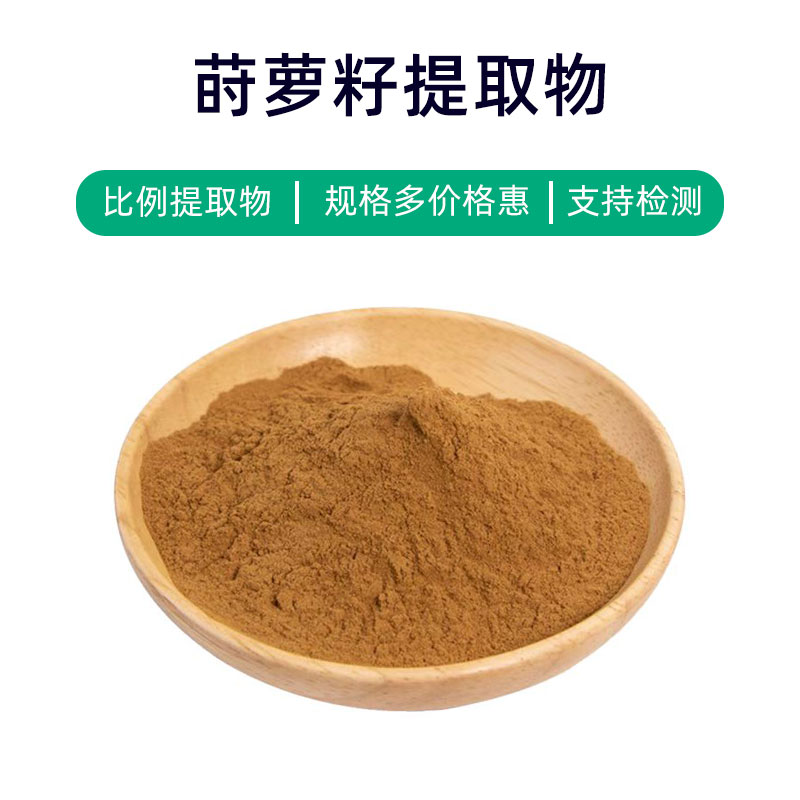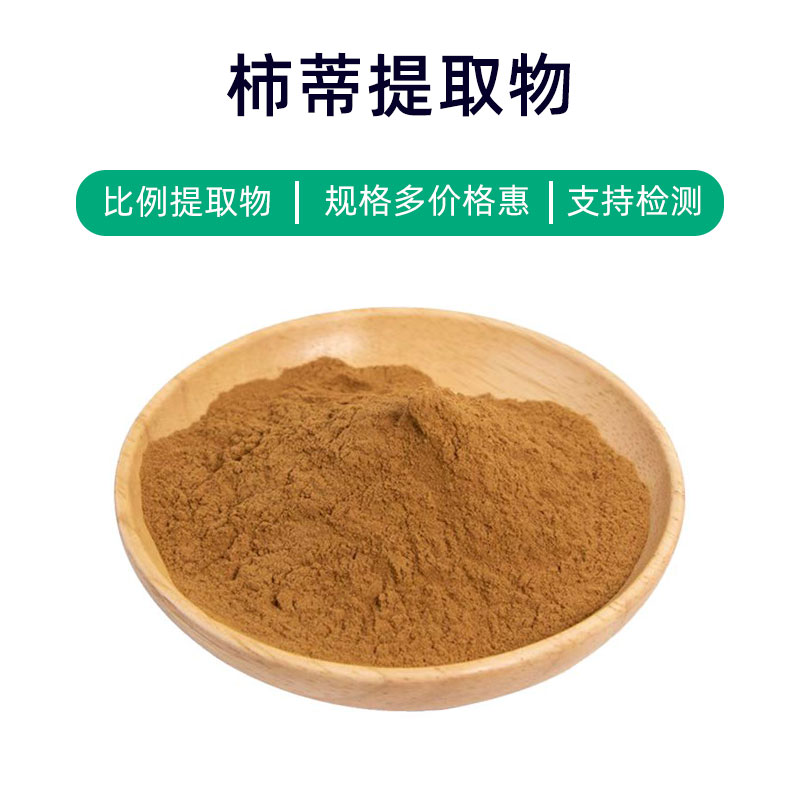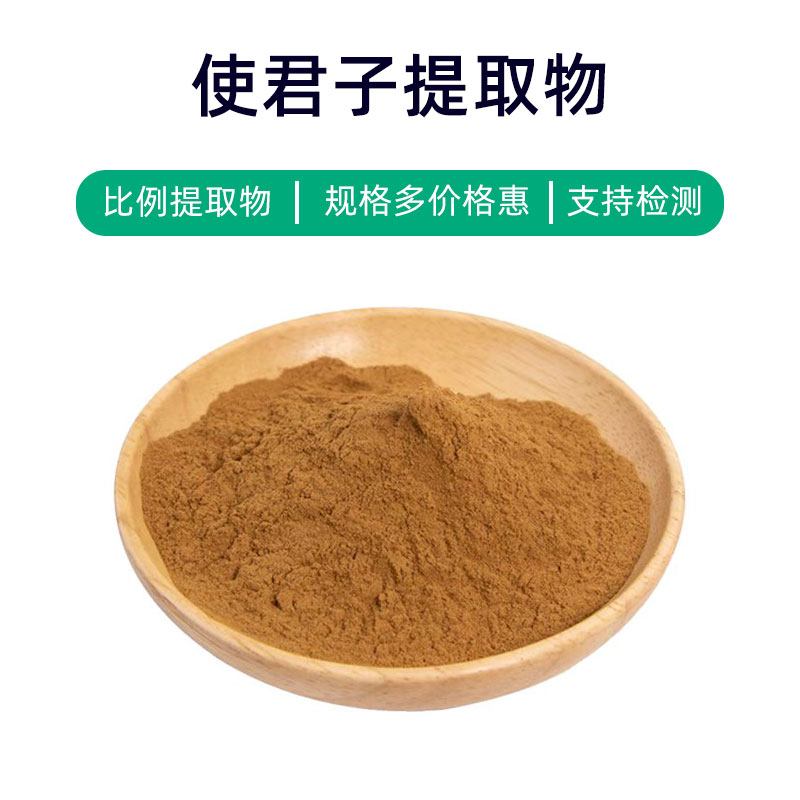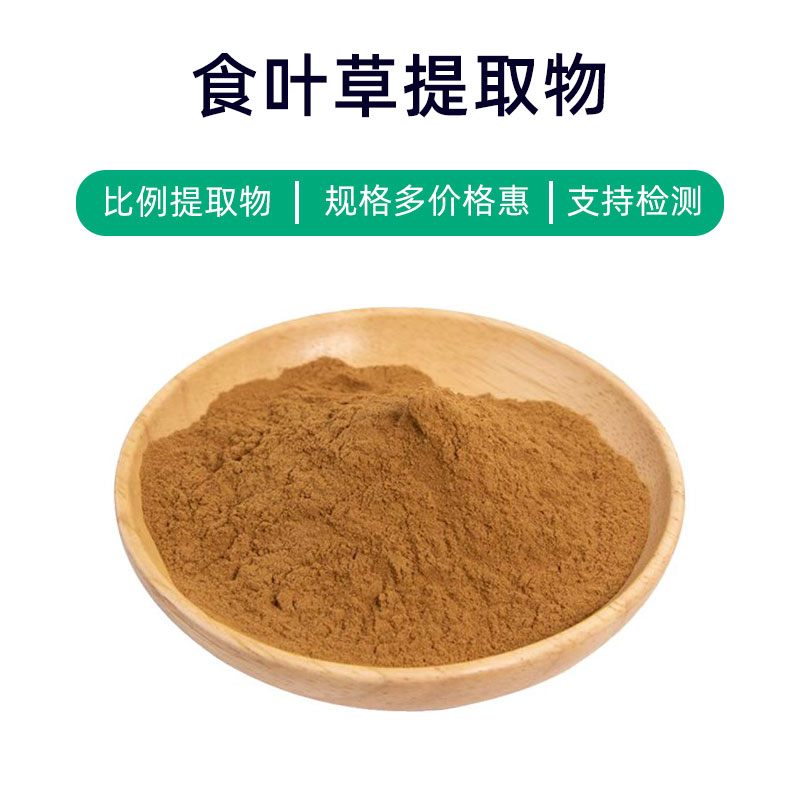Stone Flower Extract Product Introduction
Stone flower extract is a natural plant extract derived from the roots of the Stone Flower (Petasites japonicus). Its primary components include anthocyanins, flavonoids, and polysaccharides. This extract is broadly applied in the fields of medicine, health supplements, and cosmetics.
The extract showcases various benefits. First, it is utilized as a medicinal component, claimed to exhibit anti-inflammatory, antioxidant, and anti-allergic effects, frequently used to alleviate symptoms of respiratory diseases like asthma and allergic rhinitis. Additionally, in the health supplement sector, it serves as a key active ingredient that can help boost immunity, regulate blood sugar levels, and improve gut health. Furthermore, Stone Flower extract is commonly included in cosmetics, reputed for its moisturizing, antioxidant, and anti-aging properties, making it suitable for skincare products, masks, and hair care items.
In summary, Stone Flower extract is a multifunctional natural plant extract with various benefits, fitting for applications in medicine, health supplements, and cosmetics, drawing significant attention.
Stone Flower Extract Production Process
The production process for Stone Flower extract typically involves the following key steps:
- Raw Material Collection and Selection: Fresh Stone Flower plants are harvested and screened to remove impurities and inferior parts, ensuring quality raw materials.
- Crushing and Grinding: The selected Stone Flower plants are crushed and ground to increase extraction efficiency, commonly using mechanical grinding or ultrasonic disruption methods.
- Extraction Process: Appropriate solvents (such as ethanol, water, or ethyl acetate) are used to extract from the Stone Flower plant. The extraction usually involves methods such as steeping, heating reflux, and ultrasonic extraction to improve efficiency and the purity of the extract.
- Concentration and Solvent Removal: The resulting mixture is concentrated, removing the solvent to yield concentrated Stone Flower extract. This process typically utilizes distillation or vacuum concentration methods.
- Refinement and Purification: The concentrated extract undergoes further refinement and purification to eliminate impurities and unwanted components, enhancing the product's purity and activity.
- Drying: Finally, the refined extract is dried to remove moisture, thus obtaining dried Stone Flower extract. Common drying methods include spray drying and vacuum drying.
- Packaging and Storage: The dried Stone Flower extract is packaged, usually in sealed aluminum foil bags or plastic containers, and stored in a cool, dry environment, avoiding direct sunlight and high temperatures to maintain stability and activity.
The above outlines the general production process for Stone Flower extract, with specific parameters and methods varying based on the production company’s requirements.
Stone Flower Extract Efficacy and Side Effects
Stone Flower extract is a natural medicinal substance derived from the Stone Flower plant, widely used in pharmaceuticals, health supplements, and cosmetics. Its key benefits and effects are described as follows:
- Antioxidant Effects: Stone Flower extract is rich in various natural antioxidants, such as flavonoids and polyphenols, providing strong antioxidant properties that help eliminate free radicals, delay cell aging, and reduce oxidative stress damage.
- Anti-inflammatory Effects: The active components in Stone Flower extract exhibit anti-inflammatory properties, capable of inhibiting the release of inflammatory factors and alleviating inflammatory responses, benefiting conditions related to inflammation.
- Skin Care: Frequently included in skincare products, Stone Flower extract is known for its moisturizing, soothing, and anti-aging benefits, improving skin texture and enhancing elasticity while reducing the appearance of fine lines and wrinkles.
- Immune Regulation: The active components in Stone Flower extract can modulate immune system functionality, enhancing the body's resistance and overall immunity, aiding in infection prevention.
- Antibacterial and Anti-inflammatory: This extract demonstrates certain antibacterial and antifungal effects, inhibiting the growth and reproduction of bacteria and fungi, beneficial for skin infections and inflammation.
- Vascular Protection: Active components in the extract provide protective effects on blood vessels, aiding in lowering blood lipids and reducing platelet aggregation, which helps prevent cardiovascular diseases.
- Improving Sleep: Certain components in Stone Flower extract possess calming effects, helping to alleviate anxiety and improve sleep quality, offering assistance for those with insomnia or anxiety.
- Blood Sugar Regulation: Some studies suggest that Stone Flower extract may help regulate blood sugar levels, benefiting diabetic patients as an adjunct therapy.
Despite its numerous benefits, attention must be paid to individual differences and dosage principles when using Stone Flower extract. Individuals from certain groups (such as pregnant women, nursing mothers, and children) or those with a history of allergies should avoid or use cautiously. Additionally, excessive long-term use may result in adverse reactions, such as digestive issues or dizziness. Therefore, users should follow medical advice or product guidelines when using Stone Flower extract products.
Stone Flower Extract Application Scenarios and Dosage
Stone Flower extract has wide applications in medicine, food, and cosmetics, with dosage varying by context. Here are specific introductions for each field:
- Pharmaceutical Applications:
- Uses: Stone Flower extract is mainly used to prepare traditional medicine formulations and health supplements, commonly to boost immunity, improve sleep quality, and enhance antioxidant capacity.
- Dosage: Typically used in a traditional medicine or supplement format, specific dosages should be adjusted according to product guidelines or medical advice, with a general recommendation for adults being an oral dosage of 300-500 milligrams per day, divided into 2-3 doses.
- Food Applications:
- Uses: Stone Flower extract can serve as a food additive, primarily used in functional foods and health products to enhance nutritional value and functionality.
- Dosage: Usually added as an ingredient in food, specific amounts depend on the type of product and intended use, generally suggested to follow food processing standards.
- Cosmetic Applications:
- Uses: In cosmetics, Stone Flower extract is commonly found in skincare products, masks, and lotions, offering moisturizing, antioxidant, and soothing properties to improve skin texture and delay aging.
- Dosage: Typically added as an active ingredient, specific amounts depend on the type of product and formulation, generally should comply with cosmetic production standards.
When using Stone Flower extract products, consider the following:
- Choose the appropriate product based on type and use.
- Adhere strictly to dosage and usage guidelines provided by the product or as directed by a healthcare professional.
- Specific groups (such as pregnant women, nursing mothers, and children) should consult healthcare advice before use.
- Pay attention to storage conditions, avoiding environments with high temperatures or humidity.
- If any adverse reactions occur, discontinue use immediately and consult a healthcare provider.
In conclusion, while Stone Flower extract has extensive applications across medicine, food, and cosmetics, careful selection and dosage are essential to ensure desired effects and avoid adverse reactions.
Stone Flower Source Plant Overview, Distribution, and Growth Environment
Stone Flower, scientifically known as Epimedium brevicornum Maxim, is a perennial herb belonging to the Berberidaceae family and is commonly referred to as Horny Goat Weed. It mainly grows in North China, East China, and Central China. Here's a detailed overview of the source plant of Stone Flower extract, including its description, distribution, and growth environment:
- Plant Overview:
- Stone Flower is a terrestrial or rock-rooting herb with sprawling stems densely covered with light green small leaves, heart-shaped with serrated edges, and smooth leaf surfaces. It flowers from late spring to early summer with small, dense clusters of pale yellow flowers.
- Distribution:
- Stone Flower is primarily found in the regions of Hubei, Hunan, Henan, Shaanxi, Shandong, Jiangsu, Anhui, Zhejiang, Jiangxi, Sichuan, and Guizhou in China. It thrives in mountain meadows, forest edges, and valleys at elevations between 1,000 and 1,500 meters.
- Growth Environment:
- Preferring humid and shaded environments, Stone Flower grows in valleys, forest edges, and rocky crevices. It can tolerate varied soil but thrives in loose, humus-rich soils. Optimal growth temperatures range from 10 to 25 degrees Celsius, with low light requirements, favoring shaded and moist conditions.
- Primary Distribution Areas:
- Stone Flower is mainly distributed in southern and southwestern China, particularly in mountainous and valley regions of Hunan, Hubei, Sichuan, and Guizhou. Due to the specific nature of its growth environment, its distribution is relatively limited.
- Propagation and Cultivation:
- Stone Flower is typically propagated through seed, division, and cutting methods. However, due to the decline in wild resources, artificial cultivation has been initiated in recent years. This involves selecting shaded and moist areas, maintaining appropriate temperatures and humidity, and providing suitable fertilization and management to improve yield and quality.
In summary, Stone Flower is a valuable medicinal plant whose growth environment significantly impacts its development and medicinal value. Effective protection and reasonable utilization of Stone Flower resources can contribute positively to local economic growth and the herbal medicine industry.
Stone Flower Extract Processing and Storage
The processing of Stone Flower extract primarily includes the following steps: First, fresh plants are harvested, followed by initial treatment such as cleaning and impurity removal. Next, a drying process is undertaken, often utilizing air drying or low-temperature drying to retain active components. Subsequent steps involve crushing, extracting, concentrating, and purifying to achieve the final Stone Flower extract. For storage, it should be kept in a dry, cool, ventilated place, protected from direct sunlight and damp conditions, while also preventing moisture, insects, and mold to maintain its medicinal efficacy and quality.
Monica Sun is a seasoned expert in the plant extraction industry with over a decade of experience in research and production. She specializes in the extraction and purification of plant active ingredients, focusing on driving innovation in natural product applications. Monica has participated in the development of multiple functional plant extracts, delivering high-value natural raw material solutions for the health food, pharmaceutical, and dietary supplement sectors.

